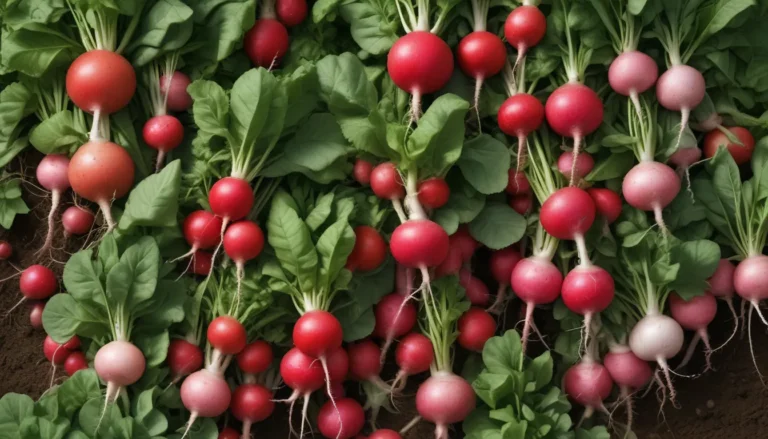The Ultimate Guide to Growing Peperomias: Your Radiator Plant Care Companion

Peperomias are fascinating and diverse plants that can add a touch of vibrancy to your home. Whether you are a seasoned grower or a beginner, peperomias are the perfect, low-maintenance houseplants that can thrive in various indoor settings. From trailing varieties to bushy specimens, peperomias come in a range of sizes and shapes, making them a versatile addition to any indoor jungle.
In this comprehensive guide, we will delve into the world of peperomias, covering everything from their cultivation and history to propagation and growing tips. So, grab your gardening gloves, and let’s embark on an exciting journey to unlock the secrets of caring for these captivating radiator plants.
What You’ll Learn
- Cultivation and History
- Propagation
- How to Grow
- Growing Tips
- Species and Cultivars to Select
- Managing Pests and Disease
- Quick Reference Growing Guide
Peperomias belong to the pepper family and are native to tropical regions in South America, southern North America, Asia, and Africa. Their semi-succulent nature allows them to store water, making them drought-tolerant and ideal for forgetful plant parents. These plants come in various forms, from epiphytic varieties that grow on other plants to terrestrial types that thrive in soil.
Propagating Peperomias
Propagation is a rewarding way to expand your peperomia collection and share these beautiful plants with others. Here are some propagation methods you can try:
-
From Seed: Purchase seeds from reputable sources and sow them in a seed-starting mixture. Maintain consistent moisture and light to encourage germination.
-
From Cuttings: Take stem cuttings from healthy plants and root them in a suitable growing medium. Keep the cuttings moist and provide indirect light for optimal growth.
-
From Divisions: Divide mature plants to create new specimens. Carefully separate the roots and stems, repot them individually, and nurture them to establish new plants.
-
From Transplants: When transplanting peperomias, ensure they are placed in well-draining soil and appropriate containers with sufficient room for growth.
Radiator Plant Care Tips
-
Light: Provide bright, indirect light to your peperomias to promote healthy growth.
-
Watering: Allow the soil to dry out slightly before watering to prevent root rot.
-
Fertilization: Use an all-purpose houseplant fertilizer sparingly to feed your peperomias.
-
Repotting: Repot your plants every year or two to accommodate their growth and refresh the soil.
-
Pruning: Trim back overgrown or damaged foliage to maintain the plant’s appearance and health.
Selecting Peperomia Species and Cultivars
Popular peperomia varieties include the beetle, watermelon, and emerald ripple peperomias, known for their distinctive foliage and ease of care. These species are well-suited for indoor environments and can thrive with minimal intervention. Additionally, explore other unique cultivars like P. maculosa to add diversity to your plant collection.
Managing Pests and Diseases
While peperomias are generally resilient to pests and diseases, occasional infestations may occur. Keep an eye out for common insects such as aphids, fungus gnats, and spider mites, and promptly address any issues to prevent further damage. Additionally, watch for diseases like leaf spot and root rot, and implement preventive measures to protect your plants.
Conclusion
Peperomias are delightful houseplants that offer beauty and charm with minimal care requirements. By understanding their cultivation needs, propagation methods, and pest management strategies, you can ensure that your radiator plants flourish and thrive in your home. Experiment with different species and cultivars to create a diverse and vibrant indoor garden filled with these captivating plants.
So, what are you waiting for? Dive into the world of peperomias and watch your indoor oasis come to life with lush greenery and stunning foliage. Share your favorite peperomia species and experiences in the comments below, and let’s continue to nurture our love for these extraordinary plants together.
Remember, a little care and attention go a long way in pampering those pretty peperomias and enjoying the beauty they bring to your living space. Happy gardening!
Article by Gardener’s Guide Team.





